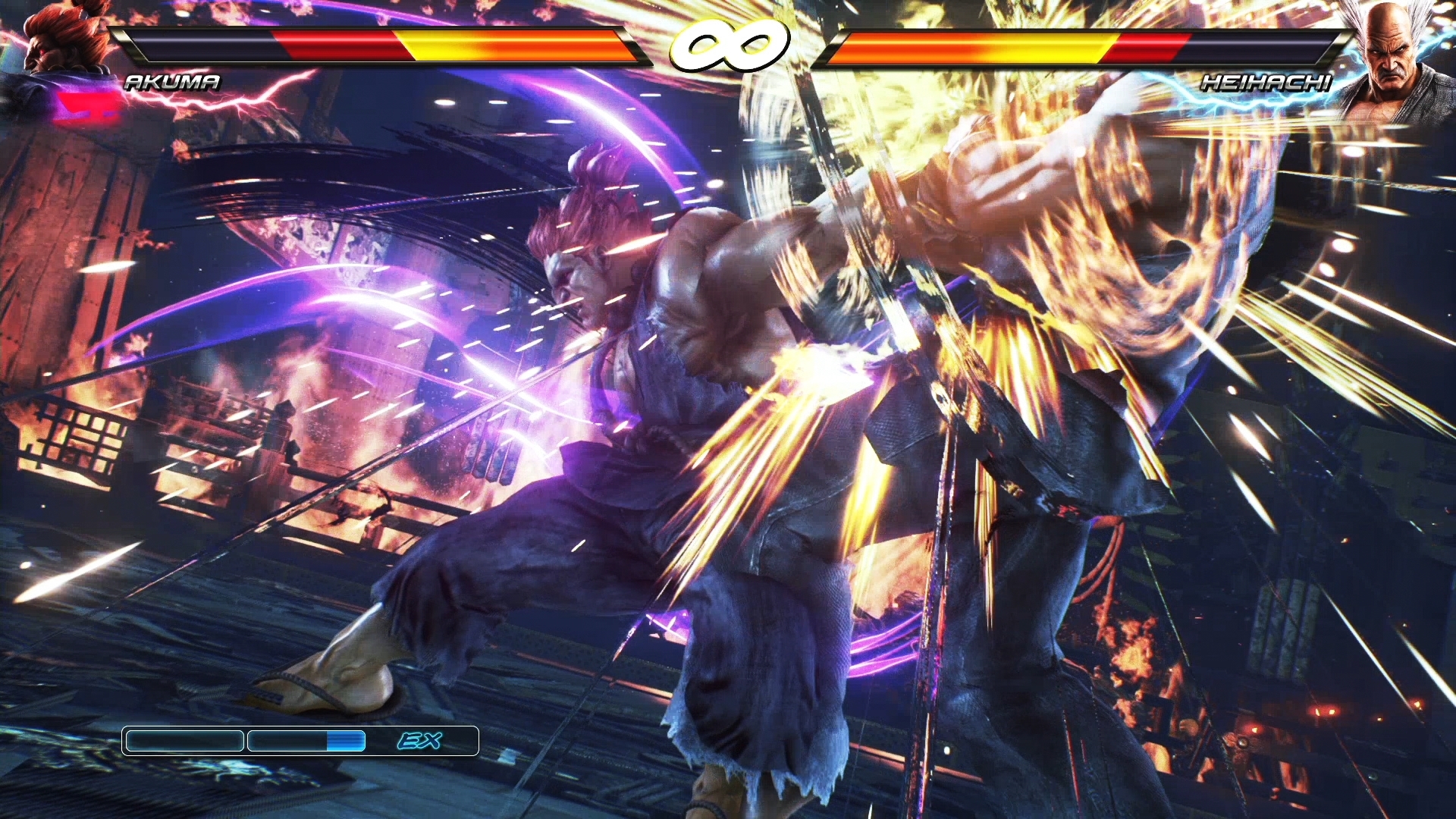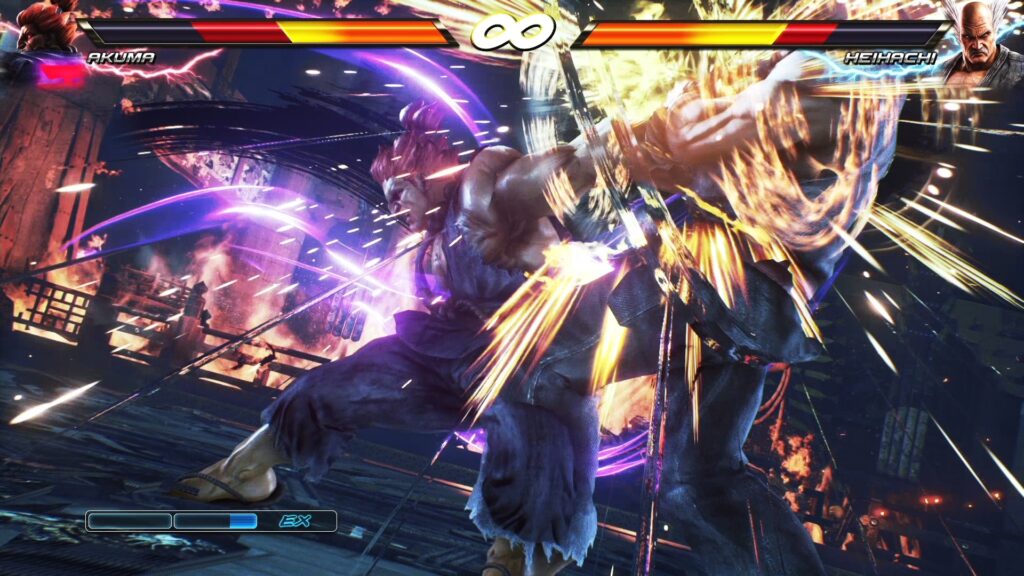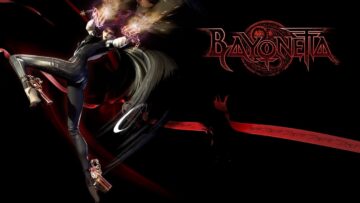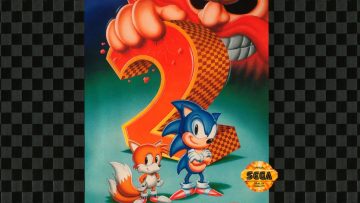
Hands-On: Tekken 7
What do you normally think of when you think of a fighting game? The Super Smash Bros. games? Perhaps Street Fighter or Mortal Kombat? For some people, their first and only response will be the Tekken franchise, which was introduced by Namco in 1994 and has since become the best-selling fighting series of all time. After seeing release in Japanese arcades last year, Tekken 7 is finally making its way to home consoles around the world; it’s the first numbered entry in the series in nearly ten years, and there’s a reason fans are so excited for it.
On the surface, all of these fighting games look the same: two opponents beat the hell out of each other until someone wins, right? What’s the difference? As it turns out, the closer you look at each fighting franchise, the more differences you’ll find. For example, Tekken games utilize a 3D plane for fighting, so you can physically dodge side-to-side to avoid attacks and projectiles. In addition, overall game flow for a Tekken game is radically different than that of games like Street Fighter or Killer Instinct, and this has helped the franchise carve out its own niche over time.

So, to help maintain that niche, Bandai Namco made a few changes in Tekken 7. As in past games, Rage mode will kick in for your character as your health drains and you lose control of a fight, and that mode is getting even more useful. Now, you can use Rage Drives, which are attacks that can be strung together in combos to increase damage output. The other new component is the Rage Art, a deadly finisher that grows more powerful as you lose health. New Power Crush attacks will even let you finish landing a move while you’re taking damage. A slew of new characters have also been added to the roster, including Akuma from Street Fighter. There’s no one mechanic or element that immediately jumps out and grabs me as jaw-dropping, but everything comes together to create a fairly smooth and cohesive fighting experience. Our demo stations happened to use a full six-button arcade controller, but we imagine that the game functions well with just a standard controller in-hand.
Thanks to the power of Unreal Engine 4, Tekken 7 boasts some very pretty visuals, with dynamic weather, destructible environments, and sharp effects work present throughout. All of the stages pack in enough beauty and detail to give bystanders and viewers something nice to admire, but more importantly, none of these visual advances get in the way of your ability to play the game and understand your combat position. If there’s anything to complain about, it’s the game’s relatively slow loading points. Many players complained about lengthy and protracted loads between fights, and they really did have a point; load times often exceeded thirty seconds, and it’s something the developers will need to address before the game’s release.
It’s clear that Bandai Namco is putting a lot of stock in Tekken 7‘s worldwide debut. The company is hyping the game’s release heavily, and the developers are committed to reinvigorating the Tekken pro circuit by taking it worldwide next year. The quality fighting gameplay is there, much as it has been for years; now it’s up to the gaming community at large to embrace it.
Tekken 7 launches on Xbox One, PS4, and PC early next year.


![[ID: 04JsXbJBkGo] Youtube Automatic](https://lastminutecontinue.com/wp-content/uploads/id-04jsxbjbkgo-youtube-automatic-60x60.jpg)



